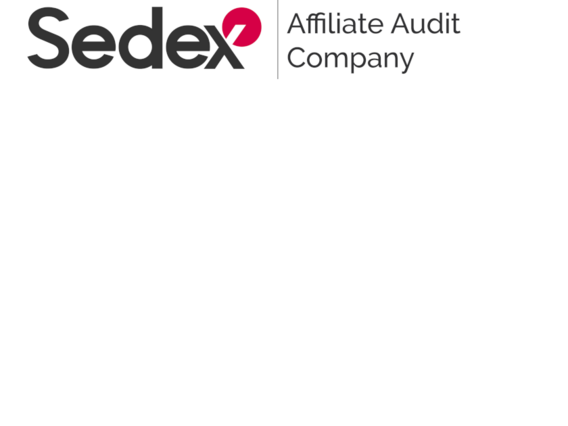
SMETA: Documenting social responsibility and ethical behaviour
In the past, quality and price were the vital factors when selling raw materials, finished products and food. But this attitude has changed dramatically.
Today’s consumers expect that people and the environment in countries of origin are considered and protected. Most brand manufacturers and trading companies now explicitly select suppliers based on verification of social compliance.
Social responsibility is growing in importance and is a decisive factor in the future success of your business